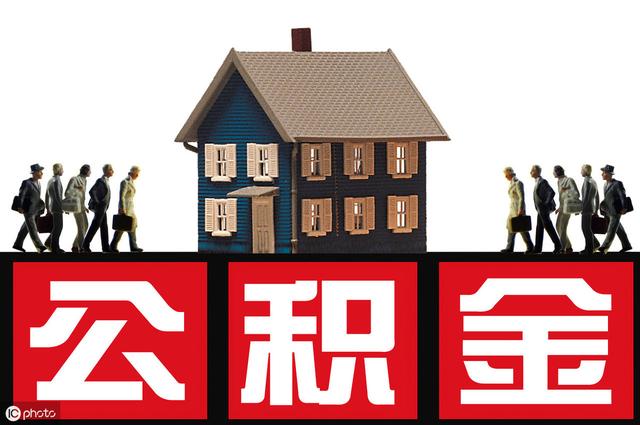
IGCSE和A-level经济在课程内容上有很多重叠的部分,例如政府对市场的干预就是IG和A-level经济共同涵盖的模块,与此同时政府干预也是经济学的重要研究内容之一。
今天我们就围绕“Government Intervention(政府干预)”这个话题和大家仔细聊聊。
政府为什么要干预市场?
当市场中的资源没有得到有效配置时,政府就会干预市场。
政府通过干预市场来解决效率低下的问题。在一个有效的市场中,资源被完美地分配给那些需要的人。而在低效的市场中,情况并非如此,有些人可能拥有过多的资源,而另一些人却没有足够的资源。政府试图通过监管、税收和补贴来对抗这些不平等。
考试在即,今天就来为大家总结一下这个知识点:
如果inflation属于demand-pull inflation, 就可以通过deflationary fiscal policy来降AD,具体包括增加tax level,降低income tax threshold和cut government spending,diagram如下:

当AD下降时,price level也会随之下降(从P1降为P2)。
但是,通过deflationary fiscal policy虽然可以降低price level,也会带来一些其他的影响,主要包括:太高的Income tax rate会降低大家工作的积极;Income tax rate增加,大家的disposable income就会减少,因此就会有工人/员工提出涨薪要求,这会增加公司的成本,可能会导致cost-push inflation。
Monetary policy to correct inflation
同上边类似,如果inflation属于demand-pull inflation, 还可以通过deflationary monetary policy来降AD,具体包括提高interest rate或减少money supply,diagram如下:

但是,通过deflationary monetary policy虽然可以降低price level,也会带来一些其他的影响,主要包括:利率增加,意味着cost of borrowing增加,因此会对consumption和investment都产生不利的影响。
利率增加会给汇率带来升值压力,将不利于current account(但还要考虑exports和imports的PED)
Supply side policy to correct inflation
Supply side policy同样可以用来解决inflation的问题,具体主要包括:
To restrict the power of trade union
Make the labour market more competitive and flexible
Deregulation and privatisation to promote competition
Increase govetnment spending on education and training
以上政策可以增加aggregate supply,在一定程度上能够抑制demand-pull inflation,如图:

在AD不断增长的同时(AD1→AD2→AD3),如果AS也能随之增长(AS1→AS2→AS3),price level就不会上升,能够一直维持在P的水平,而与此同时,real GDP还发生了增长(Y1→Y2→Y3)。
需要注意的是,supply side policy既可以缓解demand-pull inflation,也可以通过提高productivity缓解cost-push inflation。
政府干预市场的目标
1,社会福利最大化
2,宏观经济因素
3,社会经济因素
,




